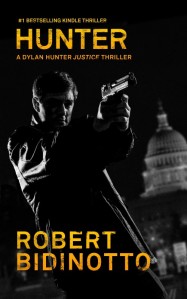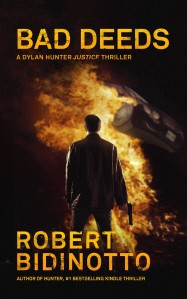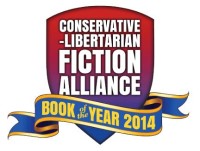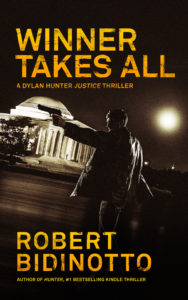I’ve been prompted to post something about this recent, grim story of so-called “vigilante justice” in Texas, in which a father discovered a man molesting his four-year-old daughter and beat him to death on the spot.
Now, this isn’t a true “vigilante” incident, because the circumstances are of simple self-defense during the commission of a crime — not after-the-fact retaliation. The father understandably was enraged by what he was seeing, and he responded with lethal force to stop the attack.
And I’m fine with that, as are virtually all of the local residents quoted in the news reports. Few people seem to be in anguish over whether the irate father “went too far” in his attack upon the subhuman abusing his little girl. His violent rage, most decent people think, is not only understandable but constitutes “justifiable homicide.” If the local prosecutors convene a grand jury, there’s no way this guy will be indicted. And even if they somehow manage to find enough “progressives” in that small Texas town to indict him, there’s no way he will ever be convicted of anything. Shiner, Texas is not Santa Monica, California.
That said, the incident provides me with an opportunity to clarify my own views about vigilantism, and why I write vigilante fiction.
Given the vigilante plot of HUNTER, I’m sometimes accused of advocating the anarchistic policy of “taking the law into your own hands.” Not so — as I’ve said repeatedly in interviews. That’s because there’s a big difference between fiction and reality.
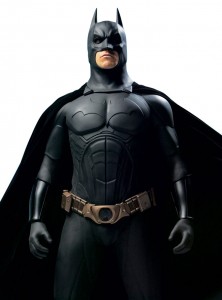
Batman: the vigilante as "Dark Knight"
The hero of HUNTER stands in the timeless tradition of the “lone-wolf vigilante” — a fictional archetype that goes back to medieval “knight errant” tales, Samurai stories, and probably even before that. Examples in popular culture, past and present, include Robin Hood, Zorro, the Scarlet Pimpernel, the Count of Monte Cristo, Shane, The Lone Ranger, Batman (in fact, all comic-book superheroes), Lee Child’s “Jack Reacher,” Ayn Rand’s “Ragnar Danneskjold,” etc. Virtually every modern private detective story, and almost all thrillers, feature heroes who play fast and loose with legal rules and constraints in the interest of justice. Likewise, the members of established governmental agencies who — chafing under stupid rules and bureaucratic inertia — “go rogue,” such as “Dirty Harry” Callahan, James Bond, Jack Higgins’s “Sean Dillon,” Vince Flynn’s “Mitch Rapp”…the list goes on and on.
The pattern in such myths and stories is always the same: Terrible injustices are occurring against innocent, helpless victims; the lawful authorities are either impotent to do anything about it, or they are active participants in the evil; a tough, independent loner of strong moral character and unusual talents for detection and/or mayhem steps in, single-handedly takes on the powerful forces of corruption, and rescues or avenges the victims, thus restoring the moral order.
Such tales owe their cultural universality and longevity to the fact that they provide us a much-needed moral catharsis. In the Real World, we endure many frustrating, systemic injustices for which we have little or no recourse. Vigilante stories allow us the pleasure of reasserting our commitment to moral boundaries and values in society. They also offer us inspiration: the opportunity to admire the spectacle of some lone individual taking on powerful forces of entrenched corruption and evil, and — through ingenuity, courage, skill, and, above all, moral intransigence — achieving victory and vindication of “the right.” We all need such reminders and inspiration, to encourage us to stand firm against the (usually less dramatic) evils and corruption we encounter in our own daily lives.
As an author, I hope to provide such moral encouragement, inspiration, and catharsis through my own vigilante fiction. What I do not seek to provide, however, is a rationale for real-world anarchy.
In fiction, an author like me can “play God,” controlling all the elements of the narrative, including the actions and motives of his created characters. I can limit and channel the actions of any vigilante hero that I create so that they conform consistently to a clear moral code.
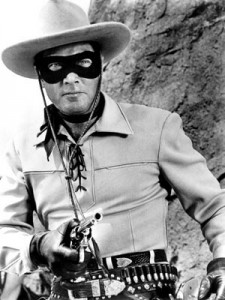
The Lone Ranger: An archetypal vigilante who hewed to a strict moral code
For example, because he would be committed to strict moral proportionality in his responses to crimes, a vigilante in my novels would never commit a violent act against an individual who has not himself participated in violence against innocent victims. Moreover, the vigilante would never commit a violent act that might risk the lives or safety of innocent bystanders. And because he is an outlaw in pursuit of a greater justice, his path puts him on a collision course with law-enforcement personnel; but he knows that he and the police are fighting the same battle for justice — that they are allies, not adversaries; so he would never use violence against them, not even to avoid capture and prosecution. He accepts that risk as part of “the job.” (In fact, much of the suspense and fun in such stories arises from the vigilante’s ingenious efforts to elude discovery and capture by the police.)
But that’s fiction. In real life, vigilantes would not long conform their actions to such a moral code.
Once habituated to law-breaking, the incentives would become overwhelming for them to “stretch” their moral boundaries and to rationalize the bloody consequences. Under the sway of indignation, it is frighteningly easy to concoct a moral rationale for disproportionate punishment (e.g, killing a mere thief, for example). In hot pursuit of a criminal, it would become psychologically convenient to justify, in one’s own head, a shoot-out in a public place that would put innocent people in jeopardy. A self-defined outlaw would come to see representatives of the law as his enemies and eventually be tempted to use force against them. In all of these cases, once the moral boundaries became fuzzy or were obliterated, the only certainty would be a relentless, unconstrained escalation of violence…rationalized as being for the cause of “a higher justice.”
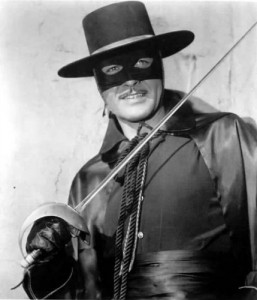
Zorro: model for many swashbuckling vigilantes
So, while a vigilante fantasy serves valid moral, esthetic, psychological, and cultural purposes, vigilante reality is something quite different. We may excuse the father in Texas for killing the man who was committing a heinous act against his daughter. But would we have excused him if he had tried subsequently to escape capture by running pursuing cops off the road during a high-speed chase? Would we have excused him if he had beaten to death some kid whom he’d caught “keying” the paint job on his new car, or making a pass at his wife in a bar?
Again: Because I can “play God” as an author, I can strictly control the moral code and actions of a fictional vigilante. His stories may even point out systemic injustices in the real world and inspire reforms. But in that same real world, an actual vigilante would eventually, inevitably “play God” with the lives of others, guilty and innocent alike — and without any such moral considerations or constraints.
So, let’s enjoy the fantasy of vigilante justice. But let’s leave it to fantasy. If we are to foster a civilized society, systemic injustices must be addressed by systemic reforms — not by subjective, unilateral acts of violence, however well-intended.


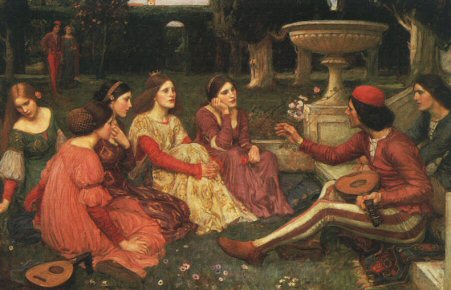

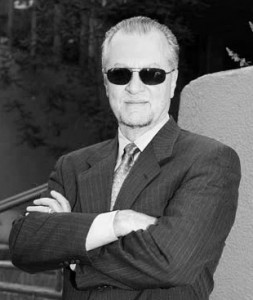
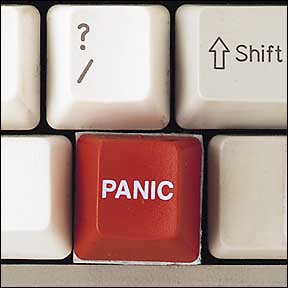
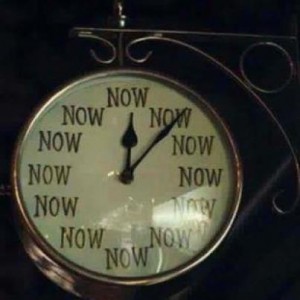



 Photo (c) by Debbie Scott
Photo (c) by Debbie Scott

